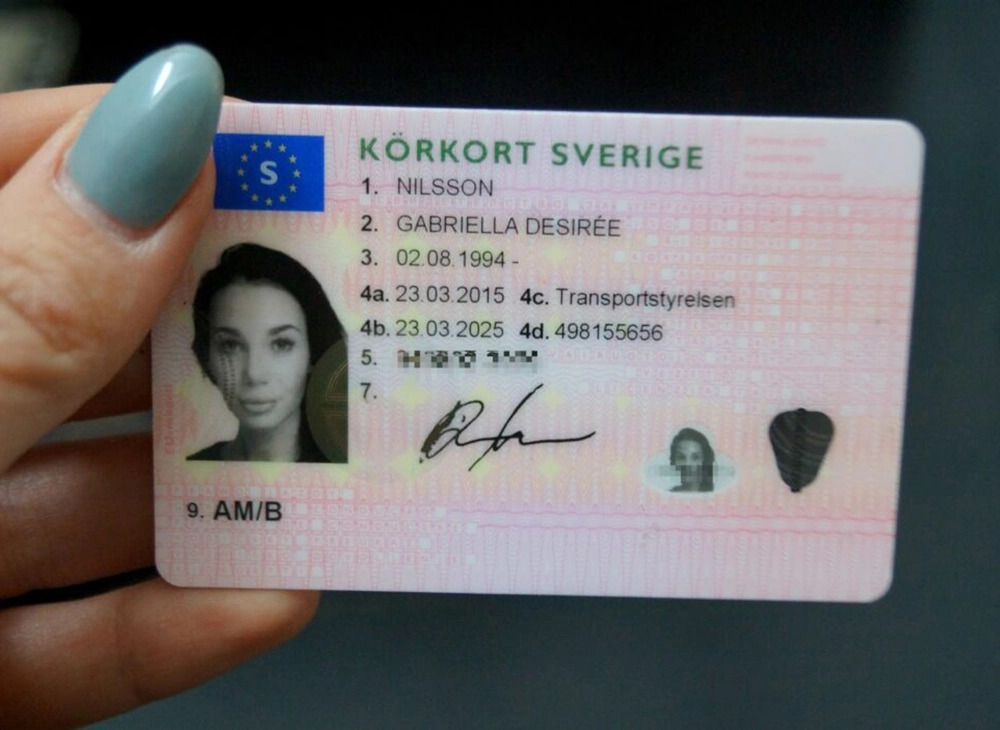Browsing the Digital Road: The Evolution of Online Driver's License Experiences
In an age where technology penetrates every element of our lives, the procedure of getting and restoring a driver's license has actually transformed, moving from tiresome wait times at DMV workplaces to structured online experiences. This shift not only enhances benefit but also shows broader patterns in digitalization. In this post, we will check out the advancement of online driver's license experiences, the benefits of digital procedures, and the challenges that remain in making these services as efficient as possible.
The Shift to Online Services
Typically, obtaining a driver's license involved long lines, lengthy paperwork, and in-person consultations that could take in a whole day. As technology advanced, numerous state departments of motor lorries (DMVs) recognized the need to modernize their services. In the early 2000s, some started presenting fundamental online services, such as license renewals and duplicates. Nevertheless, it wasn't till the COVID-19 pandemic that the urgency for thorough online systems genuinely sped up.
With social distancing measures in place, DMVs accelerated their digital improvement. Many states embraced user-friendly sites and mobile applications, enabling locals to handle a variety of tasks-- from looking for authorizations to scheduling driving tests-- without ever visiting an office.
Benefits of Online Driver's License Services
Convenience: Online applications give users the versatility to complete documentation at their own rate, whether at home, on the go, or during off-peak hours. The dread of waiting in line is now a distant memory for many citizens.
Ease of access: Digital services permit simpler access for those with specials needs or those residing in remote areas. Individuals can browse the procedure without the barriers that physical areas might present.
äkta körkort online : By reducing the time spent in line and reducing the variety of in-person check outs, users can conserve hours, which can be reinvested into more productive pursuits.
Environmental Impact: Digital processes assistance to decrease paper use, adding to more sustainable practices. Online types and documents replace the mountains of paperwork that typically accompanied driver's license applications.
Boosted Security: With improvements in innovation, numerous online platforms now make use of sophisticated file encryption approaches to protect individual information, decreasing the dangers associated with identity theft.
Difficulties in the Online Experience
While the shift to online services has brought numerous benefits, it has also presented obstacles.
Digital Divide: Not every citizen has equivalent access to innovation and the internet. Low-income individuals or those residing in backwoods may deal with troubles completing online processes, resulting in disparities in access to important services.
Technical Glitches: Like all digital platforms, DMV sites may experience outages or bugs, which can frustrate users trying to browse the procedure. Expecting a seamless shift may cause frustration for those facing technical concerns.
User Experience: Not all online systems are user-friendly. Some sites or applications might do not have user-friendly designs, making navigation troublesome and confusing for users, especially those who are less tech-savvy.
Confirmation Processes: Ensuring that online applicants are who they state they are can be tough. States must stabilize ease of gain access to with the need for robust security steps, which can make complex the online experience.
The Future of Online Driver's License Services
Looking ahead, the future of online driver's license experiences is poised for more enhancement. States are progressively incorporating innovations such as artificial intelligence (AI) and artificial intelligence to streamline confirmation processes and forecast user requirements. Additionally, the adoption of mobile ID options could reinvent how people carry their recognition, making it as hassle-free as using a smart device app.
Additionally, as governments recognize the significance of inclusivity, future developments might concentrate on bridging the digital divide through community programs intended at enhancing digital literacy and gain access to.
Conclusion
The shift to online driver's license services has transformed an as soon as laborious job into a more efficient and easy to use experience. While obstacles stay, the benefits of convenience, availability, and enhanced security are undeniable. As technology continues to evolve, so too will the procedures surrounding driver's licenses, standing as a testimony to the power of digital improvement in simplifying and improving the lives of everyday people. Whether for new drivers seeking their very first license or seasoned motorists renewing theirs, the roadway ahead is unquestionably a digital one.

